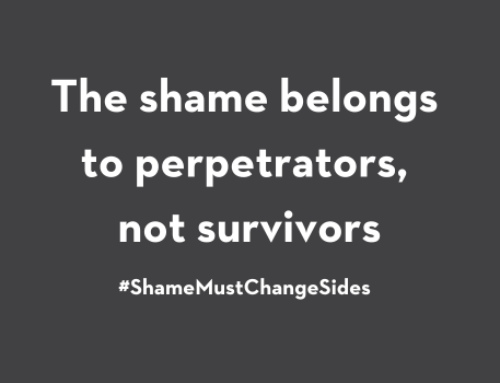When Taryn left an abusive relationship to go to a shelter, she continued to worry about her cat. She even took the risk of returning home to feed and spend time with her pet. “It was very difficult. It was very traumatic. I couldn’t sleep. I felt guilty,” she told CBC.
For women in abusive relationships, there are many barriers to leaving, and fear for their pet’s safety might be one of them. Abusers may use pets as leverage to get women to stay or to return. They may harm or threaten to harm the pet to continue to exert control over their victims.
Depending where in Canada you live, November is either Domestic Violence Awareness Month or Woman Abuse Prevention Month. And it’s good to know that research and resources are increasingly taking pets into account. Research from the University of Windsor on a sample of women staying at shelters suggested that more than half of the women delayed leaving their partner because they couldn’t bring their pet to the shelter, and one-third of the women considered returning to their abuser because their partner had their pet. The link between violence against people and against animals is also the focus of the Canadian Violence Link Coalition, which was formed in 2018. The Coalition has several projects underway to introduce violence prevention and intervention strategies, as well as establish policies and practices.
Based on several studies, researchers at University of Windsor are now working to create an online tool to help women find detailed information on pet-friendly shelters in Canada and the United States. “We think it’s really important that they have this information so that when they decide they need to leave they know where they can go and which pets they can take with them,” Amy Fitzgerald, associate professor and acting department head at the University of Windsor’s Department of Sociology, Anthropology, and Criminology, told CBC. The site, Safe Place for Pets, is now live and data will be uploaded in the coming weeks.
Another resource, Sheltersafe.ca, has added paw-print symbols to its map of shelters so that visitors can see those that offer services for pets. The 2018 Shelter Voices report indicated that out of the shelters it surveyed, 14% had an on-site pet–sheltering program, 38% had a local partnership program that offered foster care, 12% were working to develop a program or partnership, and 36% of shelters didn’t have the capacity to offer support for sheltering pets. The report also indicated that only 21% of the shelters that provided pet safety options had this information available on their websites, because they didn’t have the resources to update them.
In Taryn’s case, it was a pet fostering service that helped place her cat during her shelter stay. Through the SafePet Program, which operates in parts of Ontario, pet owners can make arrangements to drop off their pet at a partner vet clinic and caregivers can pick the pet up, so that the process is confidential. “I don’t want other women to feel they’re stuck in an unsafe environment,” Taryn told CBC. “There is a safe place for their animals.”
In the meantime, calls for shelter services to accommodate pets are coming while shelters across the country are turning women away due to lack of space and funding. But what’s clear is that pets do play an important role in women’s decisions about leaving abusive relationships.







